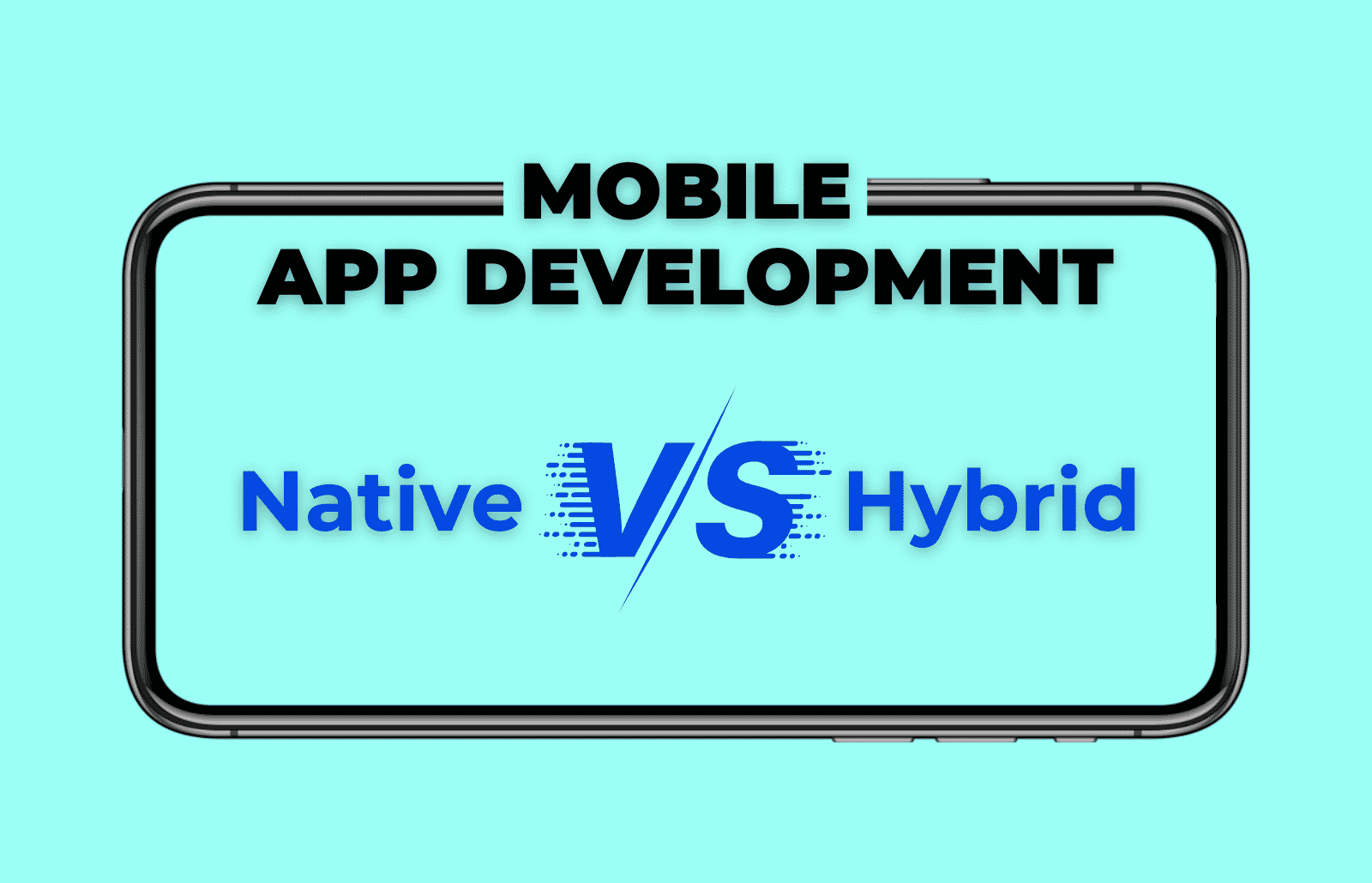The mobile app development industry is a rapidly growing and dynamic industry. Businesses that invest in mobile app development can expect to see significant benefits, such as increased customer engagement, improved productivity, and increased revenue.
The global mobile app market is expected to generate $935 billion in revenue in 2023. There are currently 8.93 million apps available for download worldwide. Consumers spend an average of 4 hours and 48 minutes per day on mobile apps.
Businesses are expected to spend $296 billion on mobile app development in 2023. The ubiquity of mobile phone devices is undeniable, with approximately 84% of the global population now owning smartphones.
Now, let’s dive deeper into the intricate world of mobile app development, dissecting the native features, device functionalities, and internet connections that form its foundation.
Navigating the Mobile App Market for Long-term Success
It represents a substantial leap in numbers since 2016 when only 49% of the population possessed these pocket-sized powerhouses. With this demographic transformation comes an expanding mobile development landscape.
a) Challenges in the Mobile App Market
While the mobile app market has experienced exponential growth in terms of downloads, the same cannot be said for revenue. This discrepancy suggests that many companies may not be maximizing their return on investment. This is perhaps understandable, considering that mobile app development is still a relatively new frontier. However, it is crucial to navigate this landscape effectively.
b) User Expectations and App Retention
Mobile app users are discerning; statistics indicate that 56% of downloaded apps are uninstalled within just seven days. Thus, it’s imperative to develop applications with a strong emphasis on performance, stability, and security.
While delivering a Minimum Viable Product (MVP) swiftly is commendable, ensuring a high-quality user experience is paramount for the long-term success of any mobile app.
What is Native Mobile App Development?
Native apps are specially designed for specific devices, making them work seamlessly with the device’s unique features. They can make the most of the device using things like gestures, location services, GPS, and the camera.
Businesses are increasingly recognizing the advantages of native apps, such as top-notch performance, a consistent user experience, and strong security features. They are also more specific to the platforms they’re built for, like Android or iOS.
When embarking on a mobile app development project, it’s crucial to assess the development method and hybrid app development approach, considering your development team, source code, and the approval process for various platforms.
Thanks to innovations like Flutter and React Native, native app development is becoming more efficient. These technologies let developers create native apps with a single codebase, which saves both time and money.
Advantages:
- Very fast and responsive.
- 70% of mobile app users prefer native apps over hybrid apps.
- Native apps account for 90% of all app downloads in the App Store and Google Play.
- The average native app user spends 15x more time in the app than a hybrid app user.
- Native apps are 25% faster and more responsive than hybrid apps.
- Native apps are more secure than hybrid apps.
Disadvantages:
- Works on a single platform.
- More specialized languages.
- More expensive as you need different developments for each platform.
- Harder to maintain.
What Is Web App Development?
The global web development market is expected to reach $89+ billion by 2027. There are over 5.038 billion internet users in the world, and 55% of website traffic comes from mobile devices. 73% of ecommerce sales will take place on a mobile device by 2025. 68% of the companies that developed a mobile-first website saw a rise in sales. PWAs are installed by users 3 times more than native apps, and they have a 50% higher conversion rate.
It refers to the development of web-based applications that acts as a responsive website that’s accessed through a regular browser like Safari or Chrome. They are built like a regular website, with the use of HTML, CSS, etc., but are tailored towards a smaller screen. One of the most common cases of this is progressive web applications (PWAs).
Advantages:
- Easy to build simple apps.
- Can choose between different technologies/languages to create.
- Cheaper than native or hybrid applications.
- Single application for all platforms.
Disadvantages:
- Requires a browser to run the application.
- Slower than native applications.
- Less interactive and intuitive user interface.
- Can’t use the full potential of mobile devices
What Is Hybrid Mobile App Development?
The hybrid app development market is also growing but at a slower pace. Hybrid apps are becoming more popular for businesses that need to develop an app for multiple platforms on a tight budget or timeline.
The global hybrid mobile app development market size was valued at USD 11.9 billion in 2022 and is expected to reach USD 35.2 billion by 2028, growing at a CAGR of 24.5% during the forecast period.
A hybrid application is a single app that can run on multiple operating systems like Windows, iOS or Android that combines elements from the web and native development to supply certain deficiencies in each other. So, are hybrid apps the perfect solution to the native vs hybrid mobile app development dilemma?
A 2023 survey by Ionic found that 57% of developers are using hybrid app frameworks, and 32.7% plan to abandon native development in favour of hybrid completely.
Advantages:
- Less expensive than native.
- Single app for all platforms.
- No browser is needed.
- Hybrid apps are 30% cheaper to develop than native apps.
- Hybrid apps are easier to maintain than native apps.
- Hybrid apps can be deployed across multiple platforms with a single codebase.
Disadvantages:
- Slower than native apps.
- More expensive than web applications.
- More difficult to mimic the native user experience.
- Might get problems with 3rd party frameworks to access mobile features.
Which Framework Is Best for Hybrid App Development?
A hybrid app requires a framework. The number of frameworks available for hybrid development keeps growing over time, with varying degrees of popularity among mobile developers. All of them have their pros and cons and use different languages and methodologies. Let’s delve into the key differences and features of some of these frameworks!
1- React Native
One of the most popular frameworks for building mobile applications, React Native, is developed and maintained by Facebook. It is an open-source software that is widely used for cross-platform application development. Some of the most commonly used applications, like Amazon Prime and Skype, are built using React Native. The advantages are code reusability, great performance thanks to separate UI threading, and live reloading of code changes.
2- Flutter
Flutter, an open-source framework produced by Google, uses the code base to develop native applications for iOS and Android. Flutter comes with a full rendering engine, widgets, and provisions for testing and integrating the API. Apps like Google, eBay, and BMW use Flutter. The pros are an expressive UI that promotes customization, faster coding thanks to hot reloading, and close to native performance due to the native ARM compiler.
3- Xamarin
Xamarin is open-source software developed by Microsoft. It builds native Android, macOS, watchOS, iOS, and tvOS using .NET and C#. Here, an abstraction layer addresses the interaction between platform code and shared fragments. The main advantages here are a single code base, easy maintenance, and a better testing environment with Xamarin Test Cloud.
4- Ionic
Ionic is a popular framework for creating hybrid mobile applications using HTML, CSS, and JavaScript. It’s very powerful, easy to use, and has built-in support for AngularJS, making it more appealing to front-end developers already familiar with the framework.
Native vs Hybrid Mobile App Development vs Web Apps
In the realm of mobile app development, we often encounter three distinct approaches: Native, Hybrid, and Web Apps. Each of these options comes with its own set of advantages and drawbacks. Let’s delve into a comparison of these approaches to determine which one suits particular needs. It’s essential to strike a balance between factors like development cost, performance, and the utilization of device capabilities.
a) Web Apps: The Cost-Effective Option
At the far left end of the spectrum, we find web applications. These are highly cost-effective as they rely on common programming languages and maintain a single codebase. However, there’s a catch. Web apps need a web browser to function, which can introduce some sluggishness and a less intuitive experience due to the additional layer introduced by the browser. Moreover, they tend to underutilize the hardware capabilities of the device. Distributing web apps also requires methods other than traditional app stores.
b) Native Apps: Unleashing Device Potential
On the opposite end of the spectrum, we have native apps. These are known for their superior performance and the full utilization of a device’s capabilities. However, this comes at a cost.
Native apps are expensive to develop, deploy, and maintain because they require specific programming languages and codebases for each platform. On the bright side, they can be easily distributed through dedicated app stores, eliminating the need for additional distribution methods.
c) Hybrid Apps: Striking a Balance
Now, in the middle of this spectrum, we encounter hybrid apps. These offer a compelling compromise, providing a closer feel and some of the advantages of native applications while sparing you from the complexity of managing multiple codebases for different platforms. Although not without their imperfections, hybrid apps strike a balance that can be appealing to a wide range of entities.
The choice between these three mobile app development approaches depends on the specific requirements and priorities of your project. Whether it’s a cost-effective web app, a high-performance native app, or a well-balanced hybrid app, the decision should align with your goals and the user experience you aim to deliver.
Final Verdict on the Best Approach
Each of the three primary development approaches, native mobile app development, hybrid app development frameworks, and web application development, boasts its own distinct advantages and drawbacks. Ultimately, the choice we make is guided by our unique project requirements and goals.
For those of us whose paramount concerns centre around cost-effectiveness and expeditious project delivery, the web application development approach emerges as an attractive option. Nevertheless, this cost-saving measure comes at the expense of fully harnessing the extensive capabilities of the mobile device.
On the contrary, when unwavering performance and unwavering device reliability take precedence, the native mobile app development approach takes the lead. It guarantees exceptional performance and reliability, albeit at a higher production cost.
Now, consider the hybrid application development approach. It presents an intriguing compromise, striking a delicate balance between cost and performance considerations. Hybrid apps are the preferred choice when one’s project necessitates accommodating both cost constraints and performance goals while not being overly constrained by tight delivery timelines. It’s totally up to you which approach suits you best.
Crafting Mobile Excellence: Native vs. Hybrid App Development with Zartis
When it comes to the age-old debate of Native vs. Hybrid Mobile App Development, Zartis stands out as a seasoned expert. By choosing Zartis, you gain a competitive edge in terms of development time and cost-efficiency. Our hybrid app development frameworks and common codebase approach allow you to reach a wider audience across different platforms while keeping development costs in check.
The key difference with Zartis is the seamless experience we offer, as our hybrid solutions bridge the gap between native counterparts and modern browsers. If you have questions regarding the article, require additional information on the topic, or want to connect with one of our software developers, please reach out!
Let’s explore the possibilities and embark on a journey of app development excellence with Zartis! Your dream app is just a click away!


